Date: 25 June 2015
This was one of the main concurring topics addressed at this year’s Glass Performance Days (GPD) 2015 Opening Ceremony in Tampere, Finland, on June 24.
All speakers were unanimous in their plea to unite the industry in more collaboration for better innovation, business and design – and ultimately a more sustainable future for our world. .gif)
GPD has well deserved its world-renowned reputation for being the highlight of the glass industry worldwide. “It’s the place to be if you want to be at a world-class level,” said André Noël Chaker, moderator of the ceremony. “It’s a collision of ideas; an interaction among all the participants when they come together to share.” .gif)
According to Jorma Vitkala, Chairman of the Organizing Committee, the figures supporting the event are also impressive. This is the 15th time to organize GPD, the number one event for the industry. “It’s truly exciting to see that we have over 500 participants this year at the Tampere Hall, the home of GPD since 1992,” he listed. Over 11,000 delegates have attended during the years to listen to over 1,000 speakers giving over 3,000 presentations. “There’s something for everyone in the whole supply chain,” Jorma stated.
This year’s GPD theme of innovation, business and design is appropriate, too, for Tampere, the location of the event, continued Anna-Kaisa Ikonen, Mayor of the City of Tampere. “These exact themes drive the development of our community. Therefore, it’s only fitting that GPD is held in a city that aims to provides an innovative platform from which it is possible to create smart and sustainable solutions for the future,” Anna-Kaisa explained. “The world of today needs more co-creational models that enable and facilitate innovation.”.gif)
Further supporting the idea of all working together, Arto Metsänen, CEO and President of Glaston Corporation, presented his vision for the future based on embracing the Industrial Internet of Things to find growth in new areas. “The transition has just begun,” he said. “Intelligence has to be integrated into products and services. New business models must be created. The Industrial Internet will also affect manufacturing operations, production facilities and product designs as we open them up to new information technologies. This offers huge potential. And I believe the Internet of Things can be THE next step for our industry and an opportunity that we shouldn’t miss.”
Keynote speaker Kai-Uwe Bergmann, Partner at BIG (Bjarke Ingels Group) Architects in New York, shared his ideas of combining innovation and design to make architecture a product of its environment. In his book “Hot to cold”, he looks at how glass performs as an element of the structure and how the quality of light moves through the glass to enhance a building. His presentation focused on architectural designs that mitigate climatic extremes so that humans can live and thrive, while balancing economic and environmental demands..gif)
During the presentation, he took the audience through his vision of buildings to come and buildings being constructed – in tough environments that extend from hot to cold. Each building is tailored to its surroundings; each operates passively to enhance the experience..gif)
A visionary building for the Middle East desert portrayed two energy-efficient high-rise buildings with a canopy between to channel cooling wind and create a space for a bustling community below its protection.
A retirement complex in Hualien, Taiwan, currently being constructed, supports an active lifestyle. Collected rainwater flows through in a live stream. Glass brings daylight into the space from all sides. The design encourages people to meet each other and engage together.
In Shenzhen, China, the “Pleated Dress” building for a natural gas company seeks to be a symbol for its country’s citizens to cut back on energy use. The saw-tooth façade eliminates all direct sunlight into the building, lowering its energy use by 30%.
And his cases go on – from a “courtscraper” in New York that brings Central Park into the middle of an apartment building to a ski slope built on top of a power plant that burns waste, which is planned for Copenhagen.
Kai-Uwe sums up that the design community can create the ideas. But they need to work closely with manufacturing to implement the technology and clients who have the willingness and vision to invest in achieving these beneficial end goals. 
The second keynote speaker, Dale Sands, SVP of Environmental Business at AECOM, urged the participants to combine innovation and design to help make buildings more resilient.
“Over the last 20 years alone, there is an increasing trend of natural disasters with more intensity and frequency. This is coming from our accelerating rate of urbanization. Today, 50% of the world’s population lives in cities. By 2050, this number will rise to 70%. China is creating 2.5 cities every year the size of Chicago with a population of 10 million; India is creating 1 city per year. And we’re not prepared,” he challenged. “We need to make facilities more resilient and work together with the public and private sectors to change building codes and innovate ways to build in more resistance.”
“The question of climate change leads to an inconclusive debate. Instead, we need to focus on the changing weather patterns,” Dale continued. “Therefore, it’s up to us to make the world more resilient and manage risk rather than disasters. In this way, we can withstand the disasters, recover quickly and continue to prosper.” 
The opening ceremony ended with an interactive discussion featuring Jonathan Cohen, Global Business Director of Kuraray Glass Laminating Solutions; Jean-Paul Hautekeer, Global Marketing Director of Dow Corning Corporation; Johann Sischka, SVP, Waagner-Biro Stahlbau AG; and Arto Metsänen.
The overarching conclusions from the group are that more collaboration among the key players in the entire supply chain is needed to take the glass industry to the next level. When working together, the solid connection between innovation, business and design will then ensure a better and more sustainable future.



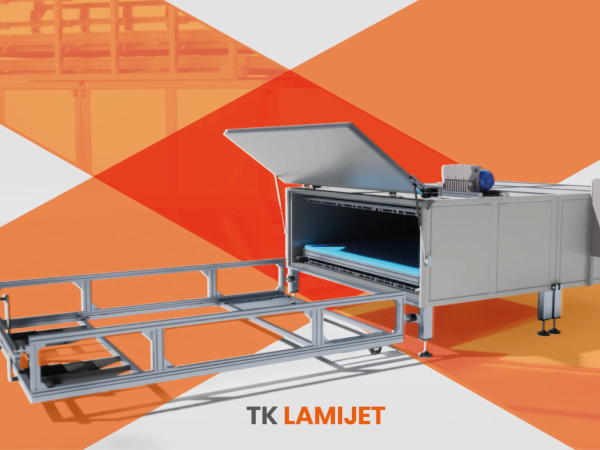
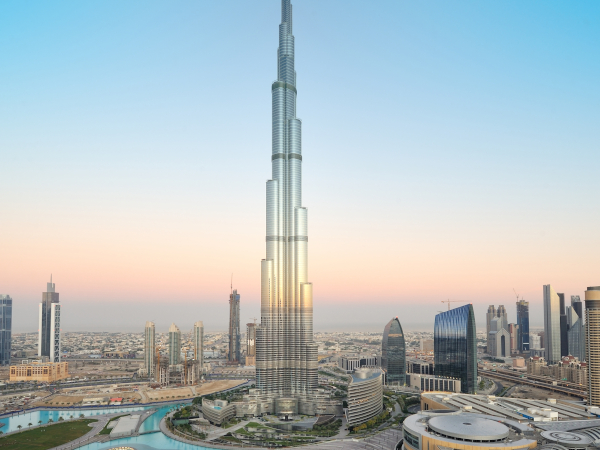
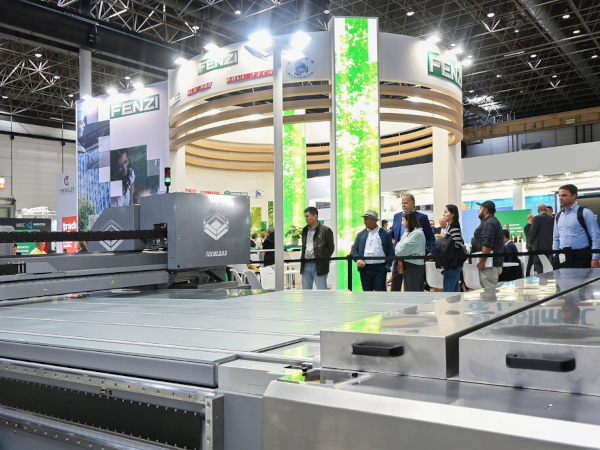
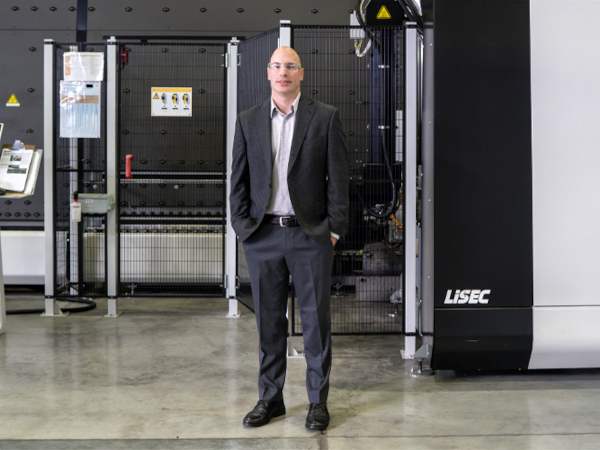

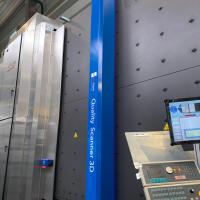
Add new comment